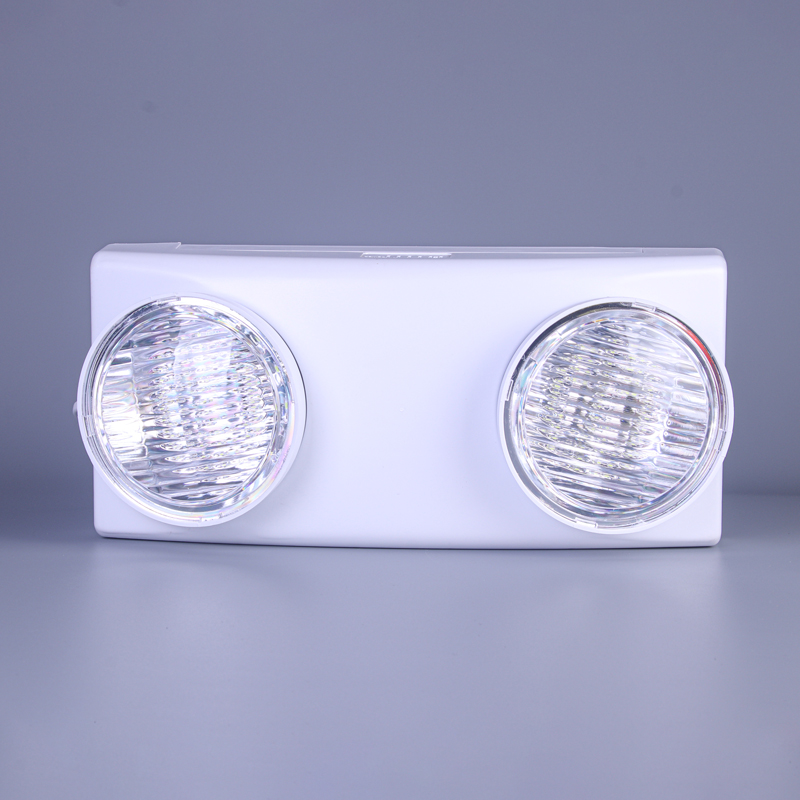
Marking of emergency lamps
Marking of emergency lamps
Emergency lamps are indispensable assistants in case of disconnecting the main electricity. They provide lighting, allowing people to move safely in the building, find a way out or help. It is important that these lamps are correctly marked, so that they can be quickly and easy to find in the dark. Proper marking is a guarantee of safety and ease of evacuation.
What data should be applied?
Each emergency lamp should have the applied information that will quickly determine its purpose and type. This includes the number of the lamp, the characteristic (for example, emergency, evacuation), information about the model (type), as well as data on the time of the latest maintenance. This marking should be clear, clearly visible, resistant to damage and not washed off when moisture or dust exposure. Perhaps the most important elements are the understandable labeling of the output and, possibly, emergency lighting zones.
Why is this necessary?
Imagine the darkness in the corridor or staircase. Where to find a way out? If the emergency lamp is correctly marked, then you will quickly find the necessary information. The presence of clear marking significantly accelerates the evacuation of people in emergency situations, reducing the risk of injuries and panic. Correct labeling allows you to quickly determine the type and location of the emergency lamp, which leads to a decrease in response time. Moreover, clear and understandable information helps prevent chaos and panic.
How does marking affect safety?
Marking of emergency lamps is not just a set of numbers and characters. This is the most important element of security. Clear designations help to quickly navigate in emergency situations, provide quick evacuation of people and minimize possible injuries. Lamps that do not have an understandable marking can become a source of confusion and panic, which significantly complicates the situation. Therefore, the correct marking of emergency lamps is not just a technical nuance, but an important component of a common security system in buildings. In the end, this can save life.
AppropriateProducts
Corresponding products
The best soldproducts
The best -selling products-
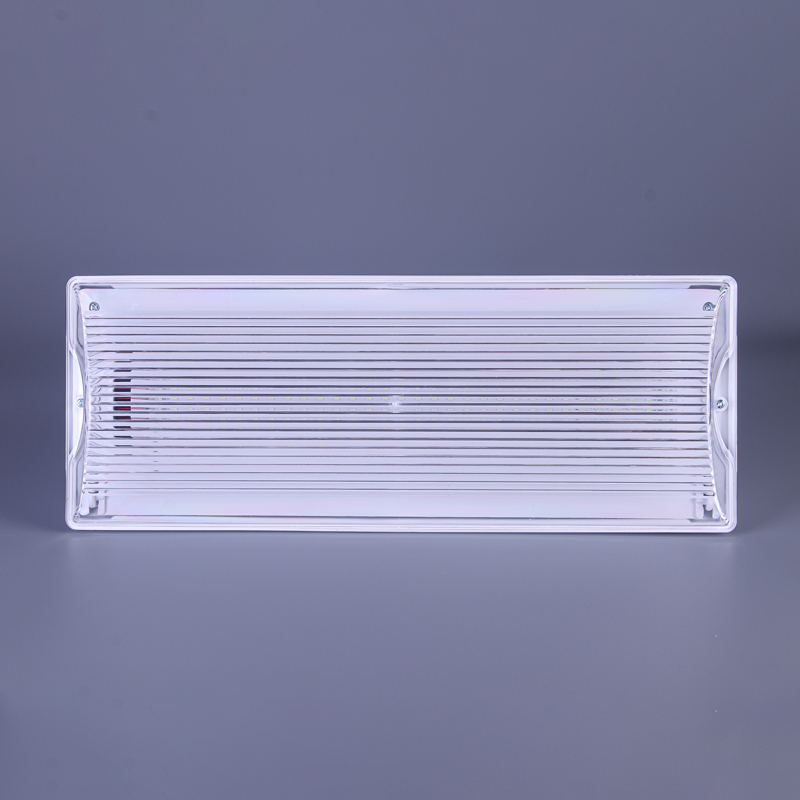 IP65 3W/6W/8W rechargeable SMD LED automatic emergency lamp
IP65 3W/6W/8W rechargeable SMD LED automatic emergency lamp -
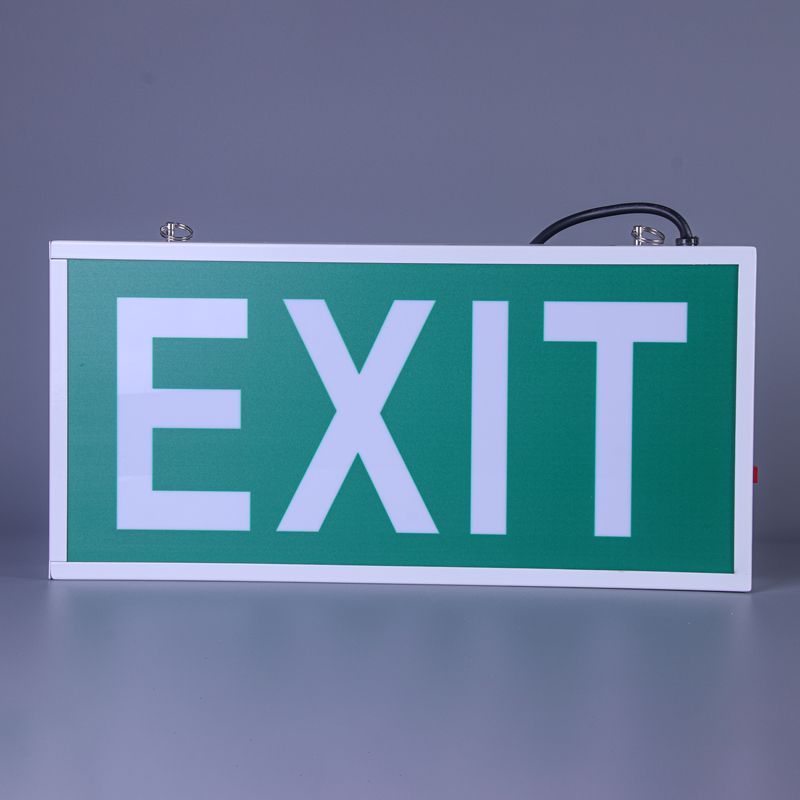 LED rechargeable emergency sign of output light of emergency light box Box
LED rechargeable emergency sign of output light of emergency light box Box -
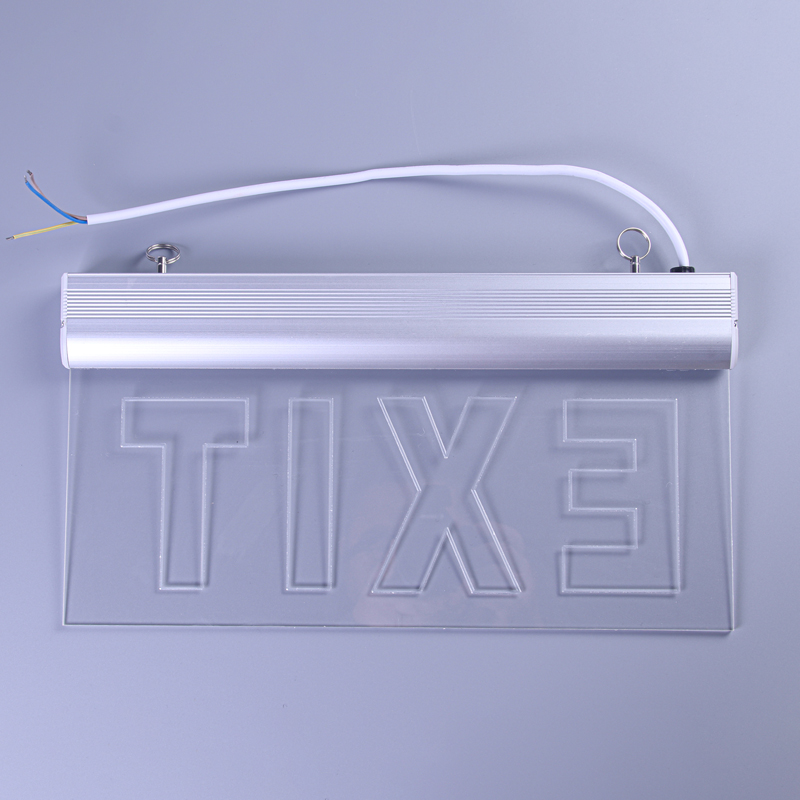 LED emergency lamp 3W output sign
LED emergency lamp 3W output sign -
 3W emergency LED exit sign Light of the Board Management
3W emergency LED exit sign Light of the Board Management -
 LED 3 W rechargeable portable camping lamp
LED 3 W rechargeable portable camping lamp -
 Rehazing emergency combined lantern with two heads, emergency output flashlight
Rehazing emergency combined lantern with two heads, emergency output flashlight -
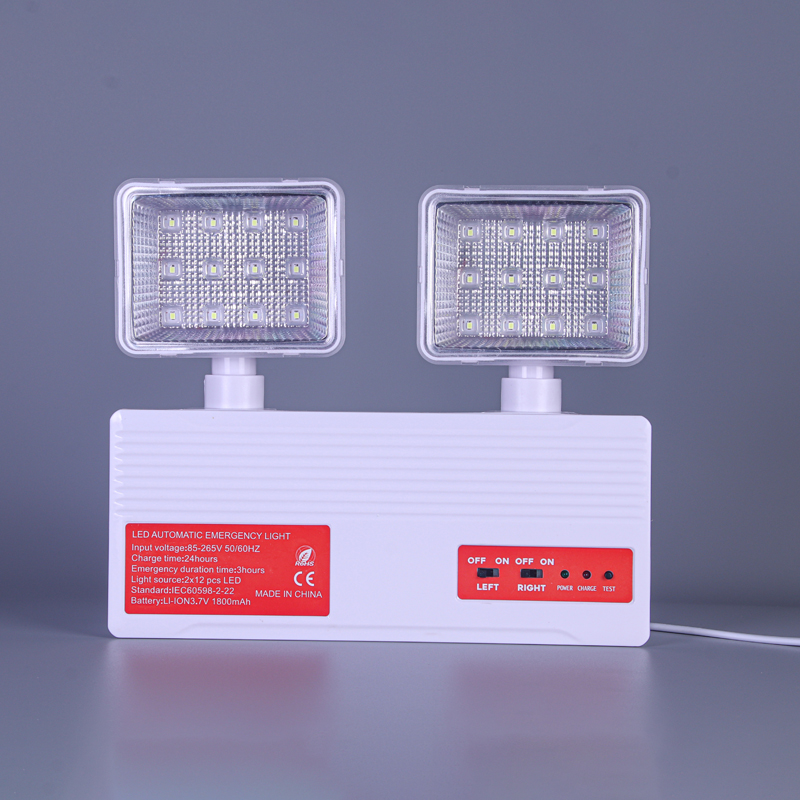 3.7V 5W double head Portable rechargeable LED emergency lanterns
3.7V 5W double head Portable rechargeable LED emergency lanterns -
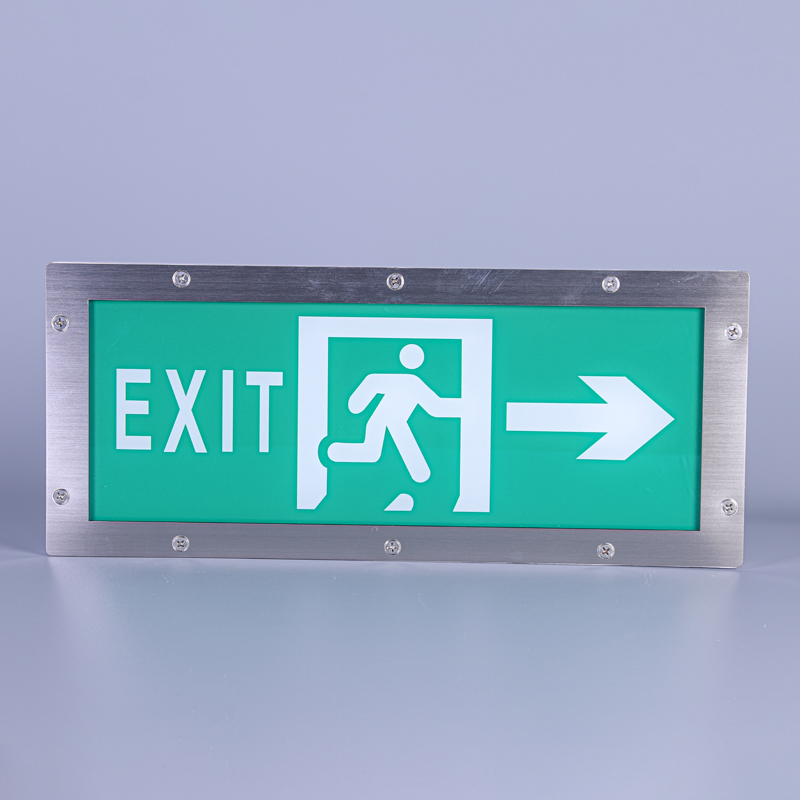 IP65 3W Led Automatic emergency lamp output sign
IP65 3W Led Automatic emergency lamp output sign -
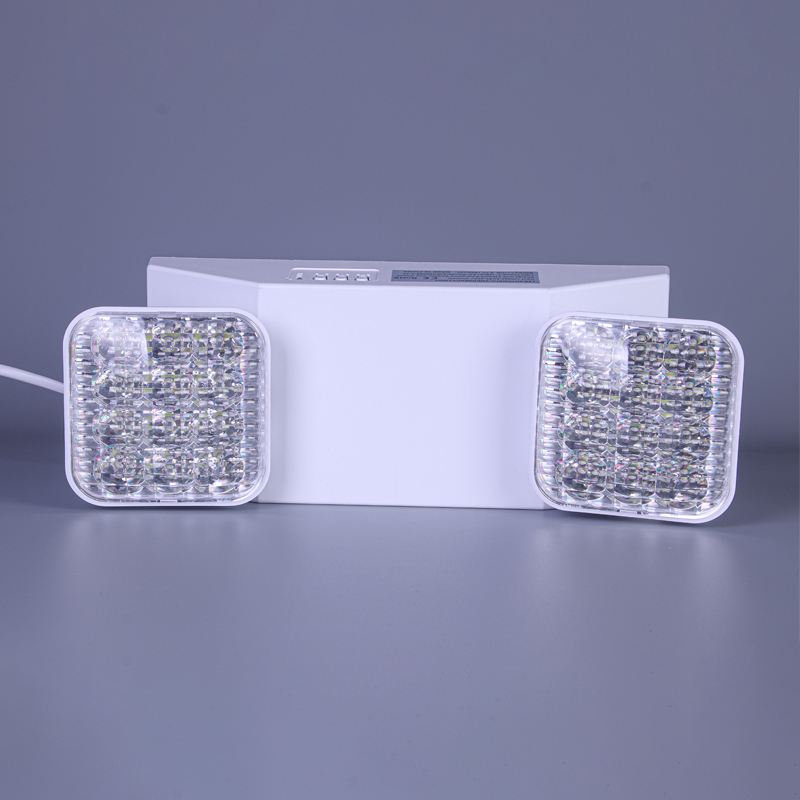 LED rechargeable emergency lamp with a capacity of 6 watts
LED rechargeable emergency lamp with a capacity of 6 watts -
 3W LED output emergency lamp
3W LED output emergency lamp -
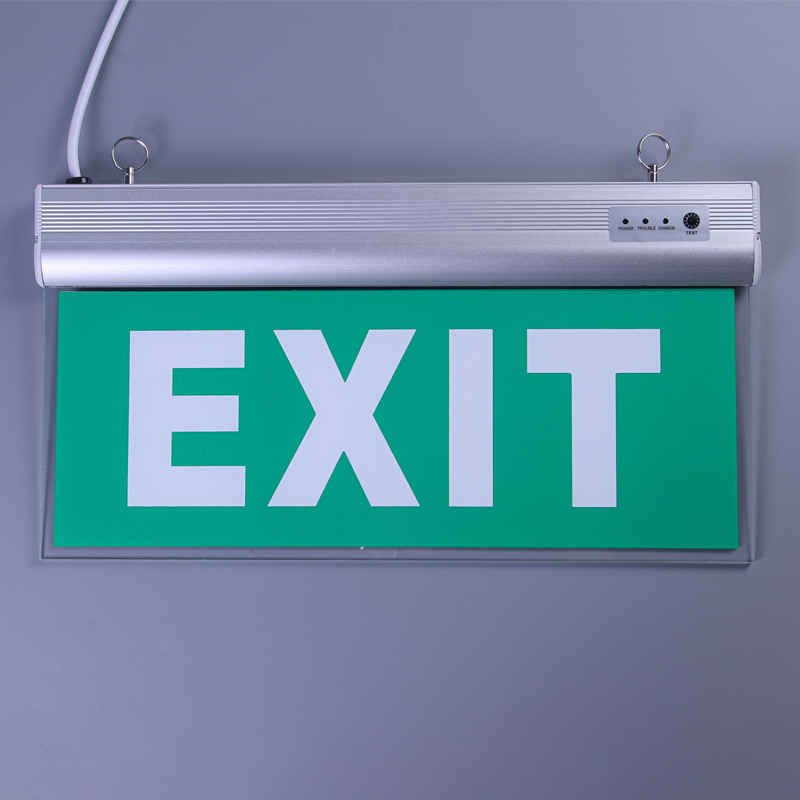 3W LED emergency lamps
3W LED emergency lamps -
 LED emergency two -headed lantern on the battery 6 W
LED emergency two -headed lantern on the battery 6 W
Connectedsearch
Related search- China intermittent emergency lamps of IP20 factories
- China constant emergency lights of suppliers
- China of emergency lighting of suppliers
- China types of emergency fires of factories
- Chinese emergency lighting suppliers with batteries
- China Emergency Lighting 220V Plant
- China manufacturer Pictograms for emergency exit lights
- China Plant of LED emergency evacuation lamps
- Emergency lighting IP20 factories in China
- Chinese manufacturers of emergency lamps Kaiyang










